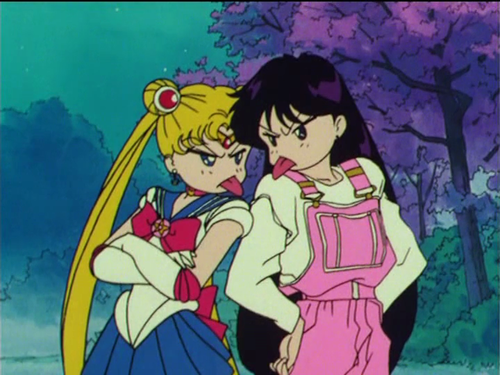Panic bells, it’s Red Alert, there’s something here from somewhere else. The war machine springs to life, opens up one eager eye, focusing it on the sky. Let’s release some balloons for The Military Form, by Christopher Rowley.
Synopsis:
Eons ago, a war was fought to the death between the parasitic and ferocious Vang and a gifted but doomed race. As a last resort, these gentle beings were forced to use the Starhammer to smash the Vang spacefleets and homeworld, leaving only a handful of survivors. For a billion years a silvery shape drifted through space. More than three thousand years after humanity first went to the stars, an asteroid miner named Seed of Hope was illegally prospecting for radioactives in the Forbidden Areas of the saskatch star system. There it chanced across an alluring silvery object which looked like it would fetch a good price in the market for alien antiques. It was an encounter most of the crew would never remember.
Source: Goodreads
SPOILERS BELOW
A thousand years have passed since Jon Iehard used the Starhammer to end the laowon Tyranny and freed humanity to expand and colonize beyond its former bubble. But the Laowan Empire was not the enemy the Starhammer was built to combat; and as human colonists flood new explored worlds, they reawaken that ancient sleeping threat: the self-proclaimed Gods of Axone-Neurone, the Vang.
Structurally, The Military Form is kind of awkward. Half of the early chapters are about the Alien-esque horror movie playing out on the asteroid miner Seed of Hope after it unwittingly picks up a Vang egg containing the titular Military Form. The other half, though, is spent establishing a bunch of characters on the planet Saskatch: there’s a drug smuggler who cuts a deal with the DEA after getting into trouble with the local Korean gangsters, the corrupt police chief profiting from the drug trade, the honest young police officer trying to bring down the chief, the rich corporate executive conspiring to prevent further colonization of the planet so he can keep it as a private nature preserve, the environmentalists who hope to win an award by capturing the first film footage of a native species of flying mollusc… what was this book about, again?
Look, I get the reason for this structure: the Military Form is eventually going to reach the planet, and the book wants us to already be invested in the local characters by then. Having the Military Form take over the ship and land, then stopping the narrative dead to introduce a whole new bunch of characters and get us invested in them to care when the Vang start slaughtering them like the sacrificial redshirts they are, would kill the story’s momentum and pacing. That said, pushing it all to the beginning doesn’t really work, either: I spent the planetside chapters wondering why we were wasting time with these bozos when all the action was out in space and their petty concerns about drug-smuggling and governmental corruption would inevitably be rendered irrelevant by the Vang invasion. I’m honestly not sure how you could execute this setup well; I can only say that this approach doesn’t quite work.
Also kind of awkward: the Higher Form of Vang. On the one hand, it’s kind of darkly ironic that, just as the Vang parasitize all other life, their own upper echelons are like a parasite within the Vang: serving no useful purpose, consuming resources that are desperately needed elsewhere, and just in general being a harmful hindrance to the infrastructure supporting them. At the same time, though, it kind of undermines the menace of the Vang to see that their leaders are so incompetent. The Vang are supposed to be the greatest threat in all the galaxy; and here’s their great and mighty Higher Form acting like an inbred aristocratic fop. There’s a reason we never saw the Zerg Overmind being whiny and stupid and incompetent. Or the Tyranid Hivemind. Or the Flood Gravemind. Or… you get the idea.
So, on the whole, I can’t say this book was as strong as the first installment. Still, there’s one more book left in the trilogy, so the Vang shall have a chance to redeem themselves.
Final Rating: 3/5

